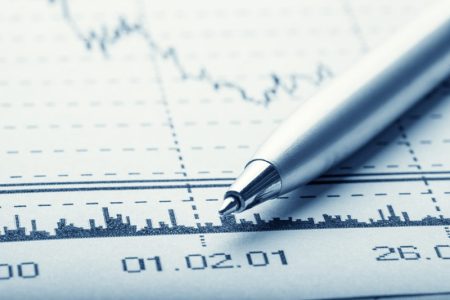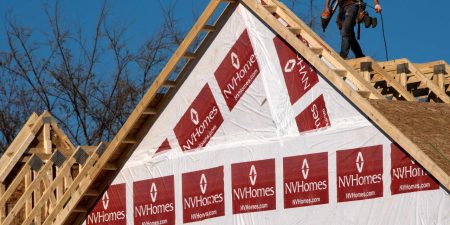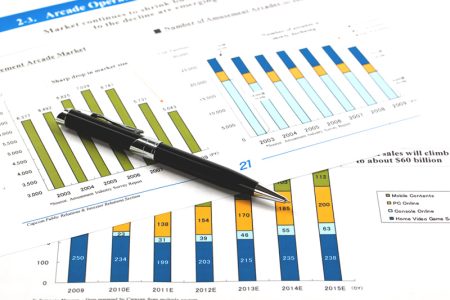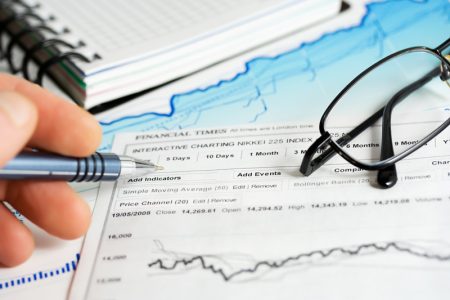The U.S. housing market is expected to see a gradual recovery following a period of decline, with existing home sales forecasted to bottom out early next year, according to Fannie Mae’s Economic and Strategic Research (ESR) group. The group’s recent analysis points to a turnaround as mortgage rates, which peaked at around 8%, begin to stabilize.
The ESR group projects annual home sales to hit about 4.8 million for the current year, with a slight dip to approximately 4.7 million in the coming year before rising to around 5.3 million thereafter. This comes against the backdrop of October’s home sales falling by 40% from early 2022 and plunging by 14.6% year-over-year at a rate of 3.79 million—the lowest since the third quarter of a decade ago, based on data from the National Association of Realtors.
Mortgage rates are anticipated to average at about 7.7% this quarter, with expectations for a decrease to around 7.3% next year and further to approximately 6.9% subsequently. Meanwhile, purchase volumes have been revised down to $1.3 trillion this year but are projected to climb annually up to $1.6 trillion.
On the economic front, the ESR group foresees the economy growing by about 1.6%, with unemployment peaking at roughly 5.4%. Despite this growth, a mild recession is expected next year with GDP decreasing by about 0.4%. Recent economic indicators have shown a marginal rise in unemployment to nearly 4%, while CPI has decreased slightly to about 3.2%. Notably, energy prices have fallen significantly but are offset by the ongoing rise in shelter costs, as reported by the Bureau of Labor Statistics.
Joe Seydl from J.P. Morgan commented on housing affordability challenges, noting that despite existing home sales plummeting by 40% since early 2022 and median prices increasing to $392,000 after rising by 3.4%, there isn’t necessarily a need for a market crash for homes to become affordable again. Seydl argues that if incomes keep rising at their current pace against stable mortgage rates and unchanged home prices, affordability could be restored in approximately three and a half years.
He also highlighted that the Federal Reserve’s aggressive interest rate hikes since March 2022 have led to higher borrowing costs amidst a continuing housing shortage due to under-building since 2008 and strict regulations—factors contributing to high mortgage rates and limited supply availability.
However, while the used home market remains slow with sellers holding onto their lower-rate mortgages, new housing developments are seeing more activity thanks to builder incentives that have reduced prices by over ten percent from last year during this period. The trend of remote work has also influenced buying patterns, with millennials increasingly moving into more affordable areas such as Phoenix and Minneapolis.
Seydl suggests that barring any significant economic downturns or bond market instability which could exacerbate economic strain, potential decreases in mortgage rates might accelerate the timeline for Americans reaching an affordable housing market from three and a half years closer to approximately three years.
This article was generated with the support of AI and reviewed by an editor. For more information see our T&C.
Read the full article here














